
Geoff Small/E+/GettyImages
Canola oil is produced from pressed canola seeds. This seed is harvested from pods, particularly in North America, with North Dakota accounting for 92 percent of U.S. production. Canola is a type of rapeseed; however, it has been adapted to get rid of potential undesirable qualities of rapeseed, such as erucic acid.
In 1985 the Food and Drug Administration certified canola as safe for human consumption. It is a popular oil due to its high levels of unsaturated and omega-3 fats. It is also popular among cooks due to its high burning temperature.
1. Precondition the seeds with a grain dryer unit
Precondition the seeds with a grain dryer unit for direct heating. Spread the canola seeds evenly on the grain dryer unit. Remove the cooling section from the grain dryer unit, and apply gentle heat over 30-45 minutes at 86 to 104 degrees Fahrenheit for uniform heating. Due to the often cold temperatures in which canola is grown it was found that preconditioning or heating the seed produced much better oil extraction conditions.
2. Extract Oil
Roll or flake the seeds. To extract the oil the cell walls within the seed must be ruptured to allow the lipids to migrate to the outer layer and thus be extracted. Roll the preheated seed or flake between two smooth cast-iron rolls. The rolls should be between 500 to 800 mm diameter and 1,000 to 1,500 mm long. The rolls rotate with one operating at a higher frequency than others allowing abrasion between the roll surfaces which allows the seeds to be sheared as they pass through. The rolls should be equipped with scrapers to prevent the seeds from sticking.
3. Cook Canola Flakes
Cook the canola flakes in a stacked oven with five to eight steam-heated tray bottoms. The oven should be equipped with a rotating arm just above each tray for stirring as well as a chute mechanism which allows flakes to pass between layers allowing seeds to heat evenly. The cooking process should take place at controlled temperatures between 100 and 140 degrees F.
4. Press Seeds until Cake Fragments Form
Press the seeds until cake fragments form. This should be done in either screw presses or expellars, which are mechanized machines for crushing. This method reduces the lipid content from 42 percent to between 16 to 20 percent. Screw pressing or expelling also condenses the seeds into a dense substance known as "cake fragments."
5. Extract Oil from Cake Fragments
Extract the oil from the cake fragments using hexane extraction or cold pressing.
The hexane extraction process involves maximizing contact between the cake fragments and hexane (0.12 percent hexane concentration -- 1 g hexane/100 g flakes -- and incubation for 12 hours at 122 degrees F) through a series of soakings or washings. This is the common method of oil extraction and is used to supply the bulk of canola oil in the marketplace.
Cold (expellar) pressing: Extract the oil from the cake fragments using cold (expellar) pressing. This is the mechanical pressing of the cake, again using screw presses or expellars which mechanically crush the cake fragments. This crushing is done at a slow pace to avoid raising temperatures. This process produces a lower yield of oil, typically 75 to 85 percent. Its cost is usually higher and and it has a stronger smell and flavor. A commercial oil expellar has a production capacity of 300 kilos per hour of raw material.
Related Articles
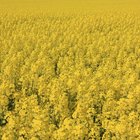
How to Extract Oil From Rapeseed

What Is Expeller Pressed Canola Oil?
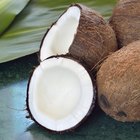
Coconut Oil Extraction Methods

How to Make Grapefruit Seed Extract

Cold Pressed vs. Expeller Pressed
Is Unbleached Flour the Same as ...
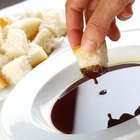
The Shelf Life of Pumpkin Seed Oil
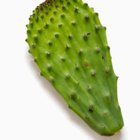
How to Cook Cactus Leaves
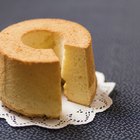
How to Keep Chiffon Cake From Shrinking
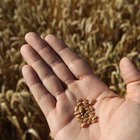
How Is Wheat Processed?
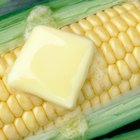
Common Food Emulsifiers
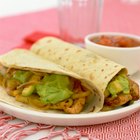
How to Soften Tortillas
How to Cook Roast Beef in a Cast-Iron ...

What to Do With Pizza Dough When You're ...

How to Cook Tapioca Flour to Make Bread
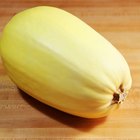
Calories in Spaghetti Squash Seeds
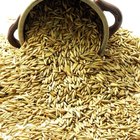
How to Store Oat Bran

How to Make Sugared Almonds
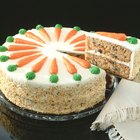
What Are Good Substitutes for Vegetable ...
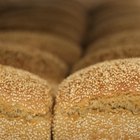
Types of Sesame Seeds
References
Resources